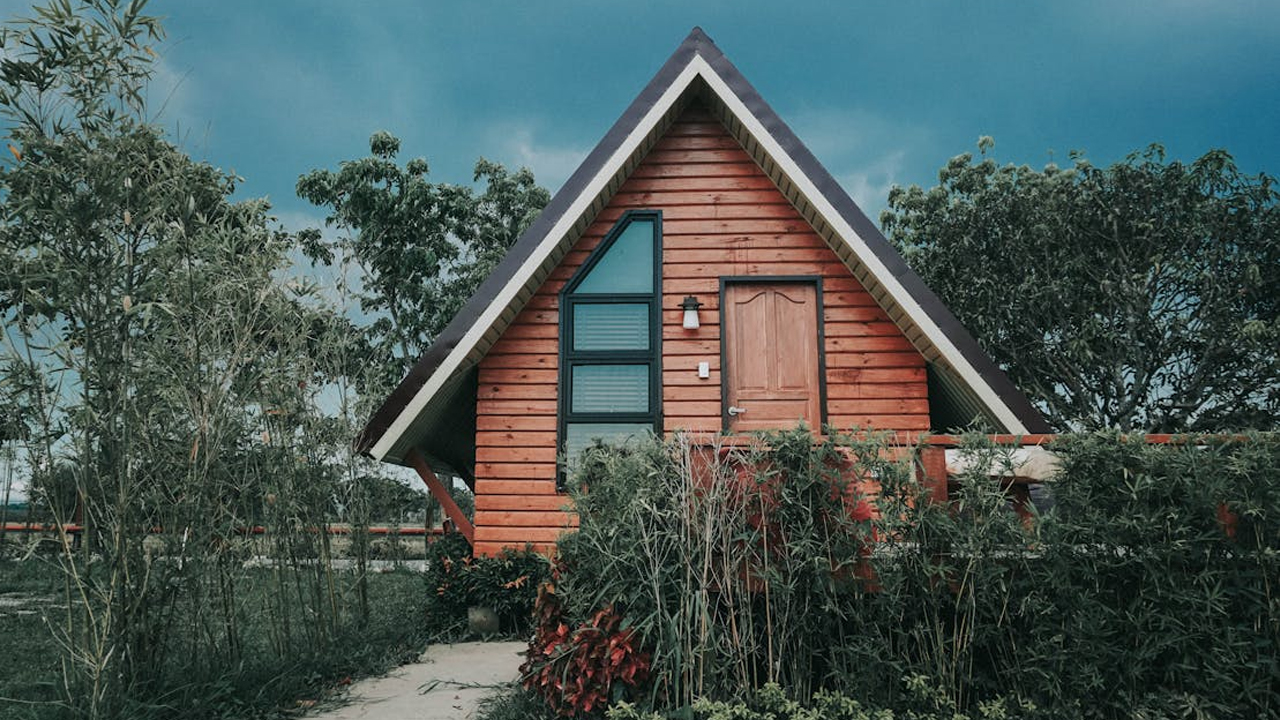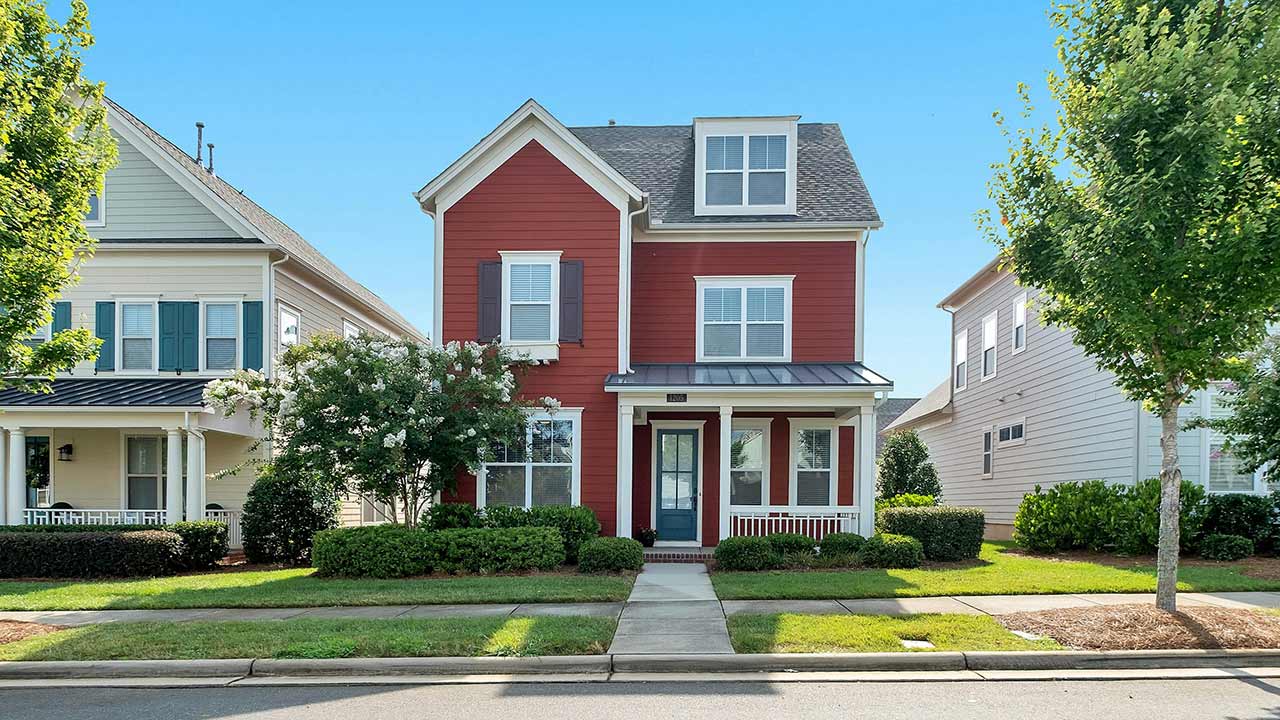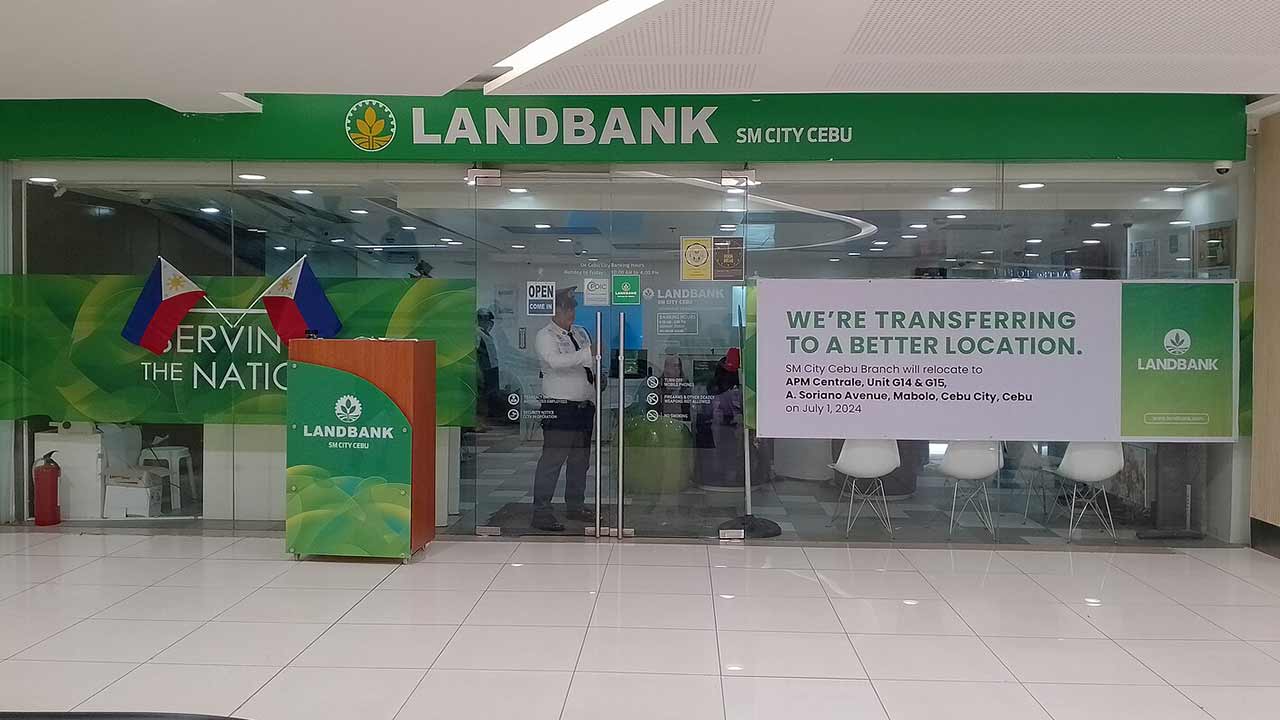Tiny homes appear to be a smart move—affordable, simple, and cozy in a world where housing costs keep climbing. The idea of ditching clutter and living light has a pull, especially with the economy feeling shaky and space at a premium. However, the reality isn’t all smooth sailing.
Behind the hype, there are challenges that can turn the dream sour. From upkeep headaches to shaky resale prospects, tiny living comes with downsides that hit hard.
Upkeep Takes More Effort
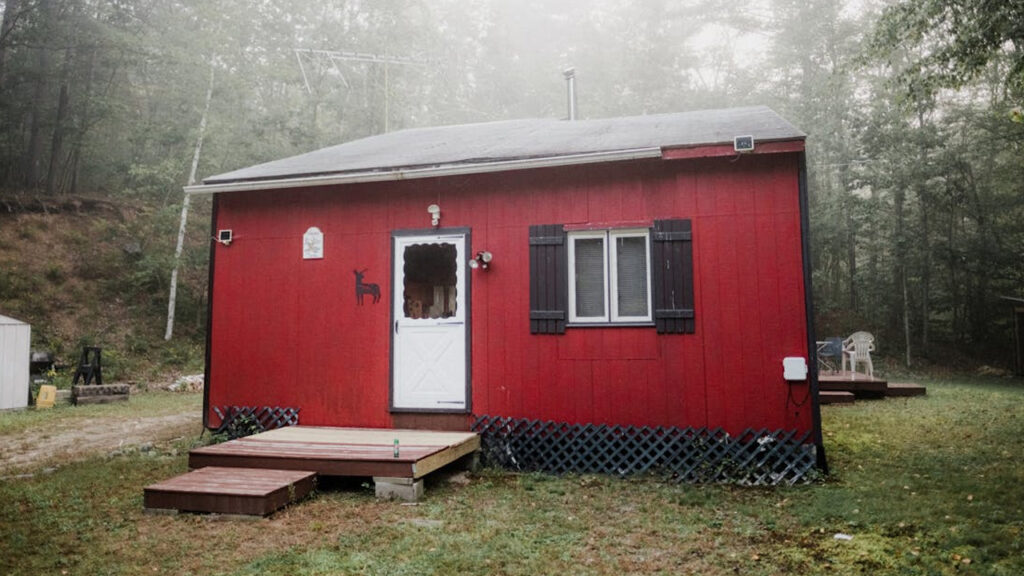
Tiny homes sound simple, but keeping them in shape requires real work. These compact spaces are particularly susceptible to issues like moisture buildup and pests. The small area means problems can escalate quickly—damage spreads fast, and fixes aren’t cheap. A leaky pipe in a cramped corner can be especially troublesome. Maintenance isn’t just a chore; it’s a necessity that can wear you down.
Even with top-notch materials, the effort doesn’t let up. Quality construction helps, but weatherproofing and upkeep still demand time and cash. Compared to a regular house, the compact setup amplifies every little issue, making tiny living less carefree than it seems. (Source: Wind River Built)
Tight Spaces Wear You Down
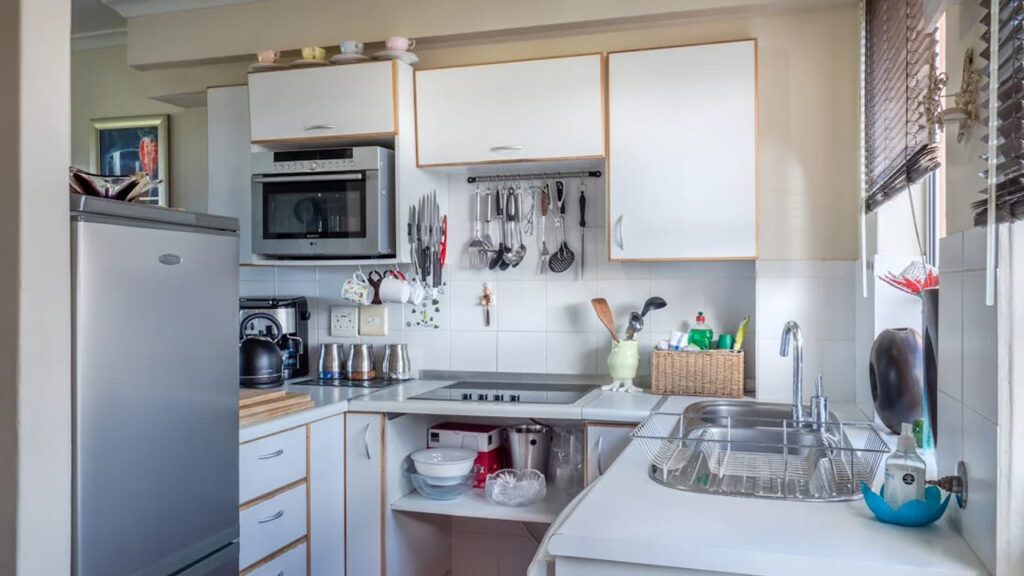
Tiny homes start off feeling snug, but that can turn sour fast. While summer allows you to escape outside, cold weather locks you in, and the lack of space can become stifling. Months stuck indoors highlight how little room there is to move or think. That tight squeeze saps the appeal for many folks, making tiny living sound freeing—until it’s not. (Source: Money.com)
Financing Can Be a Hassle

Tiny homes might seem like an easy win, but getting a mortgage for one isn’t straightforward. Traditional lenders often set minimum loan amounts that these small places can’t meet, as they’re just too inexpensive. That leaves personal loans as the go-to, which isn’t ideal—higher interest rates and shorter terms turn off plenty of buyers who’d rather stick with familiar mortgage setups.
Even with a solid plan and a great builder, funding hiccups can stall the whole dream. The financial system’s built for bigger homes, and tiny ones slip through the cracks. For folks wanting stability over risk, that’s a real snag. (Source: NerdWallet)
Resale Isn’t a Sure Thing
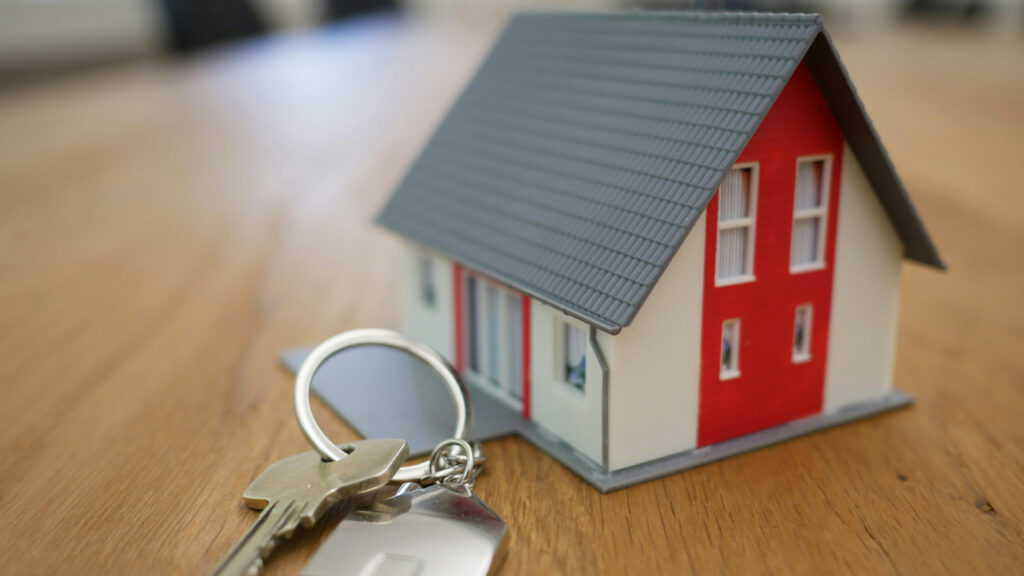
Tiny homes draw a niche crowd with their low cost and snug feel, but that doesn’t mean they’ll sell easily later. The limited space can push owners to offload them faster than with bigger houses. The market’s patchy too; some areas embrace them, others don’t, and that swings resale values all over the place.
Buyers banking on a solid return might get stuck. It’s essential to dig into local trends and consult with agents who know the scene. Without that homework, a tiny home could sit unsold—or sell for less than hoped. It’s a gamble. (Source: Ramsey Solutions)

Alexander Clark is a financial writer with a knack for breaking down complex market trends and economic shifts. As a contributor to The Daily Overview, he offers readers clear, insightful analysis on everything from market movements to personal finance strategies. With a keen eye for detail and a passion for keeping up with the fast-paced world of finance, Alexander strives to make financial news accessible and engaging for everyone.
